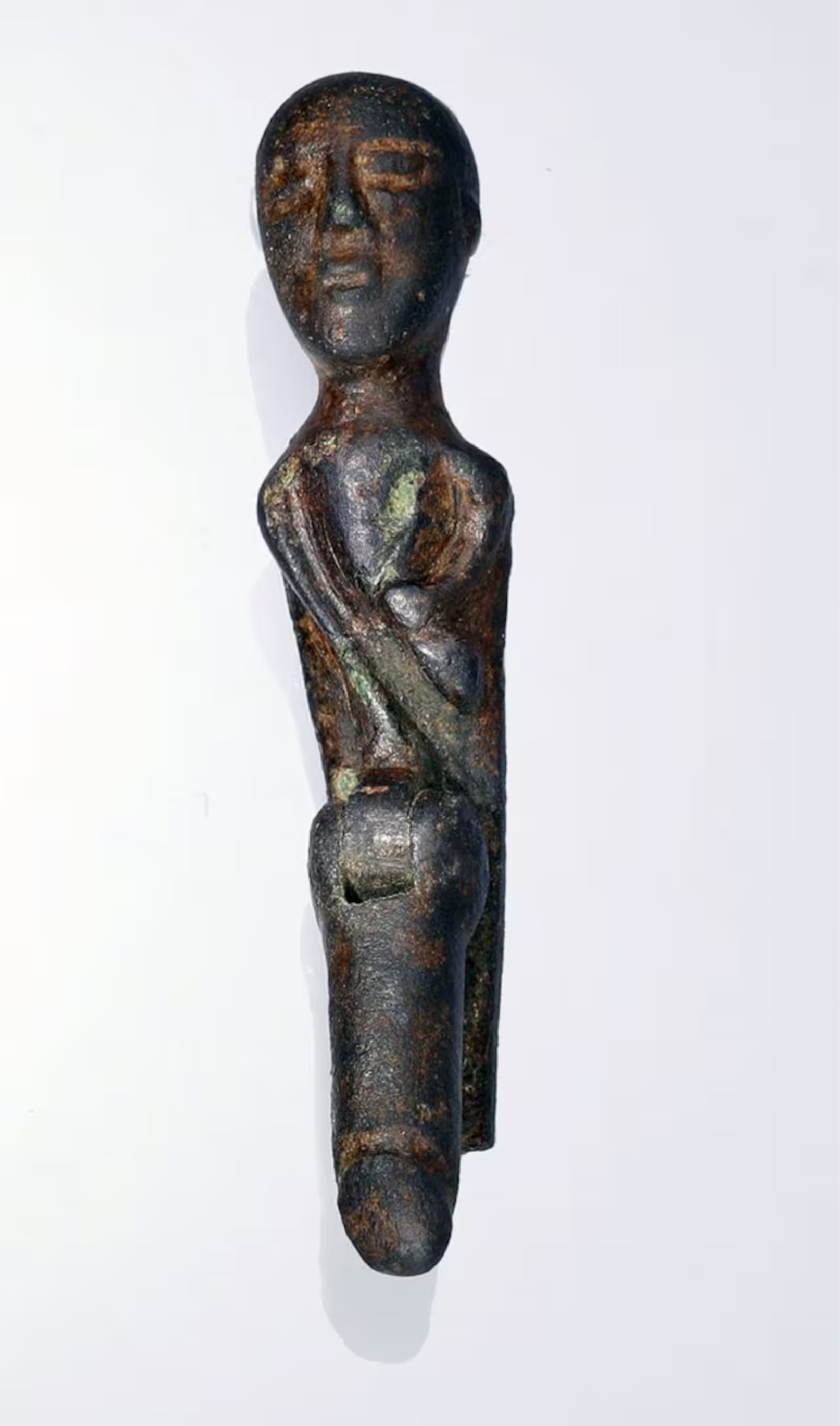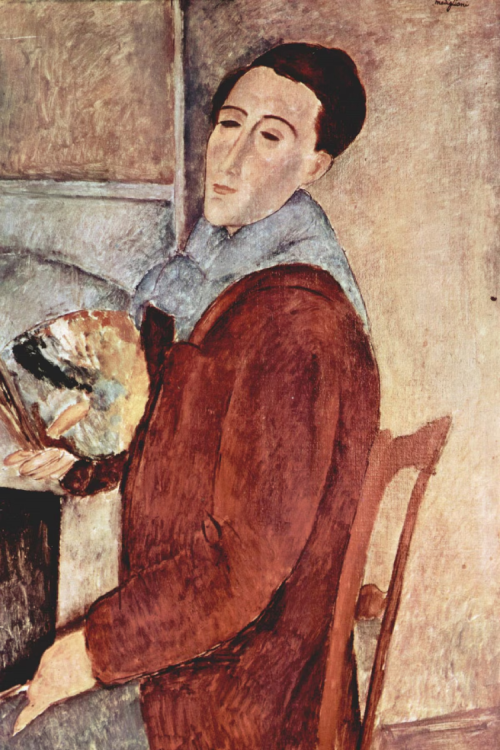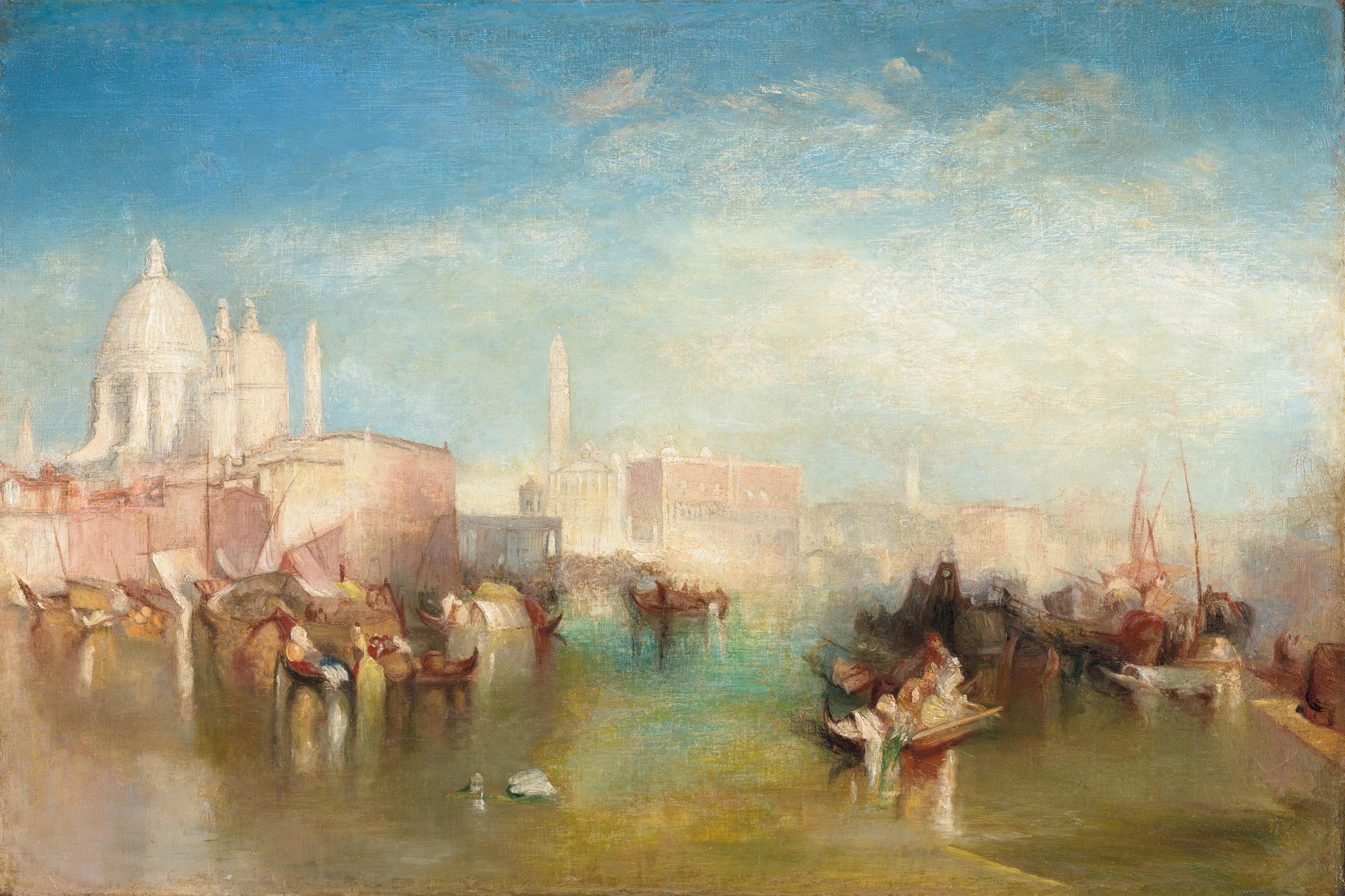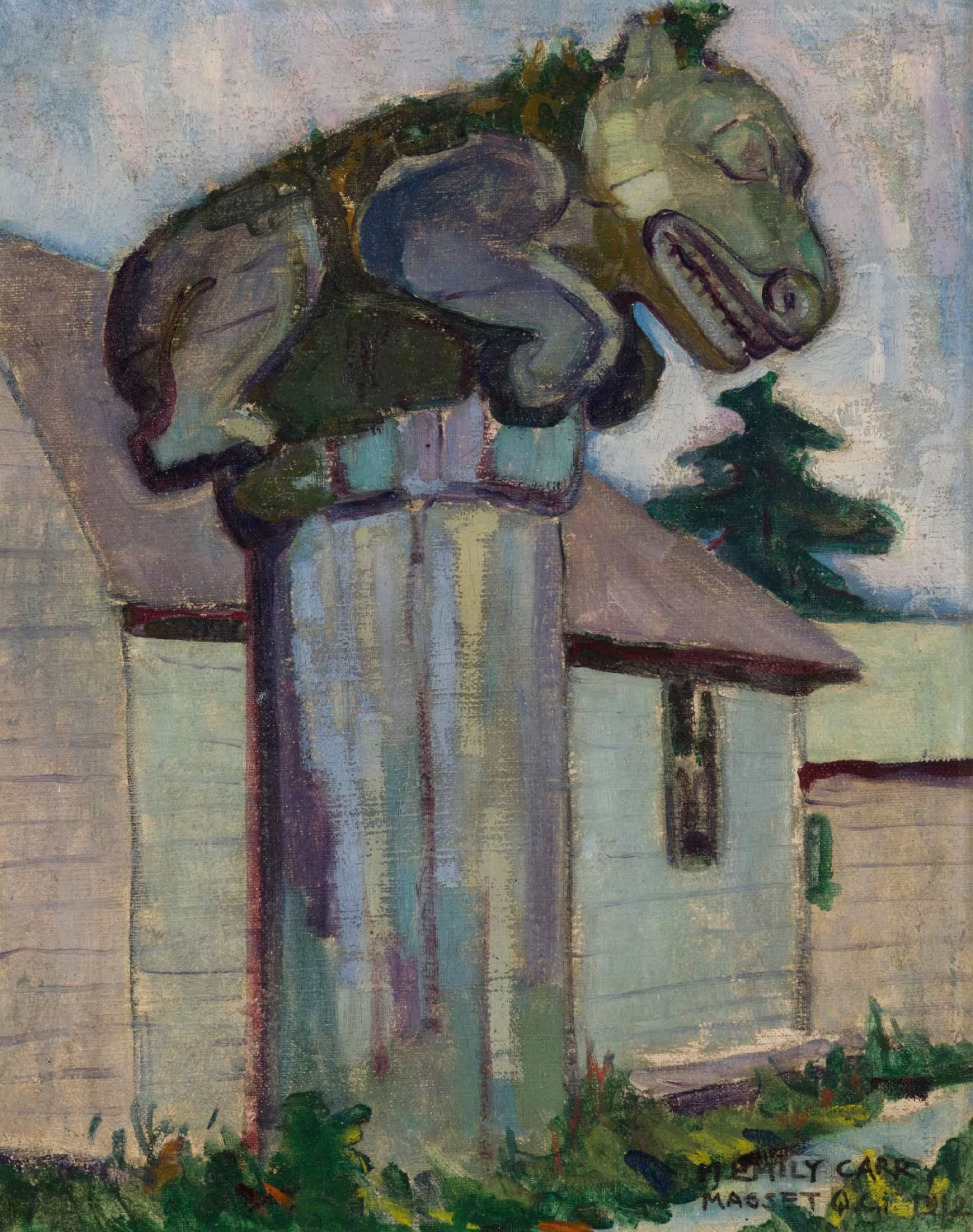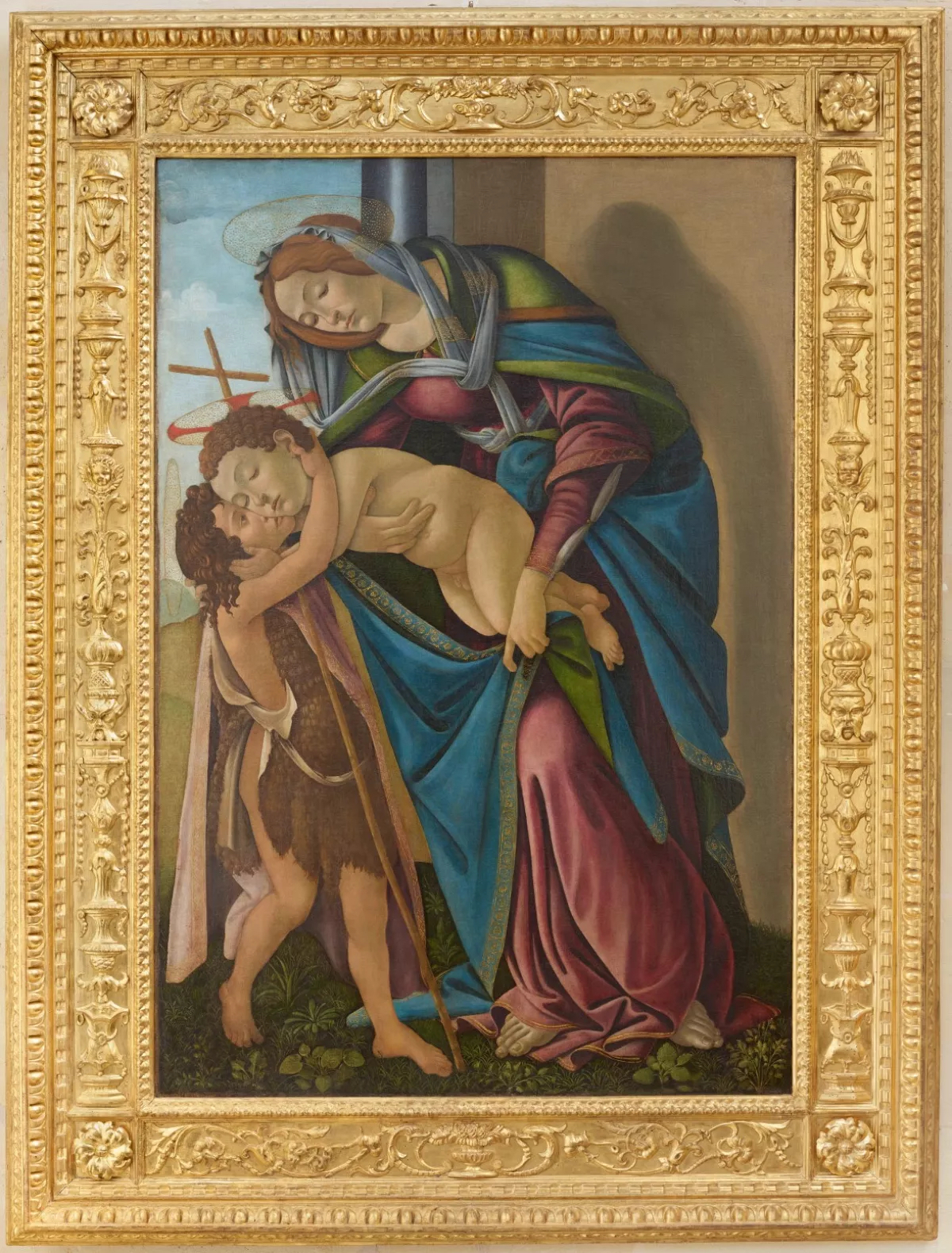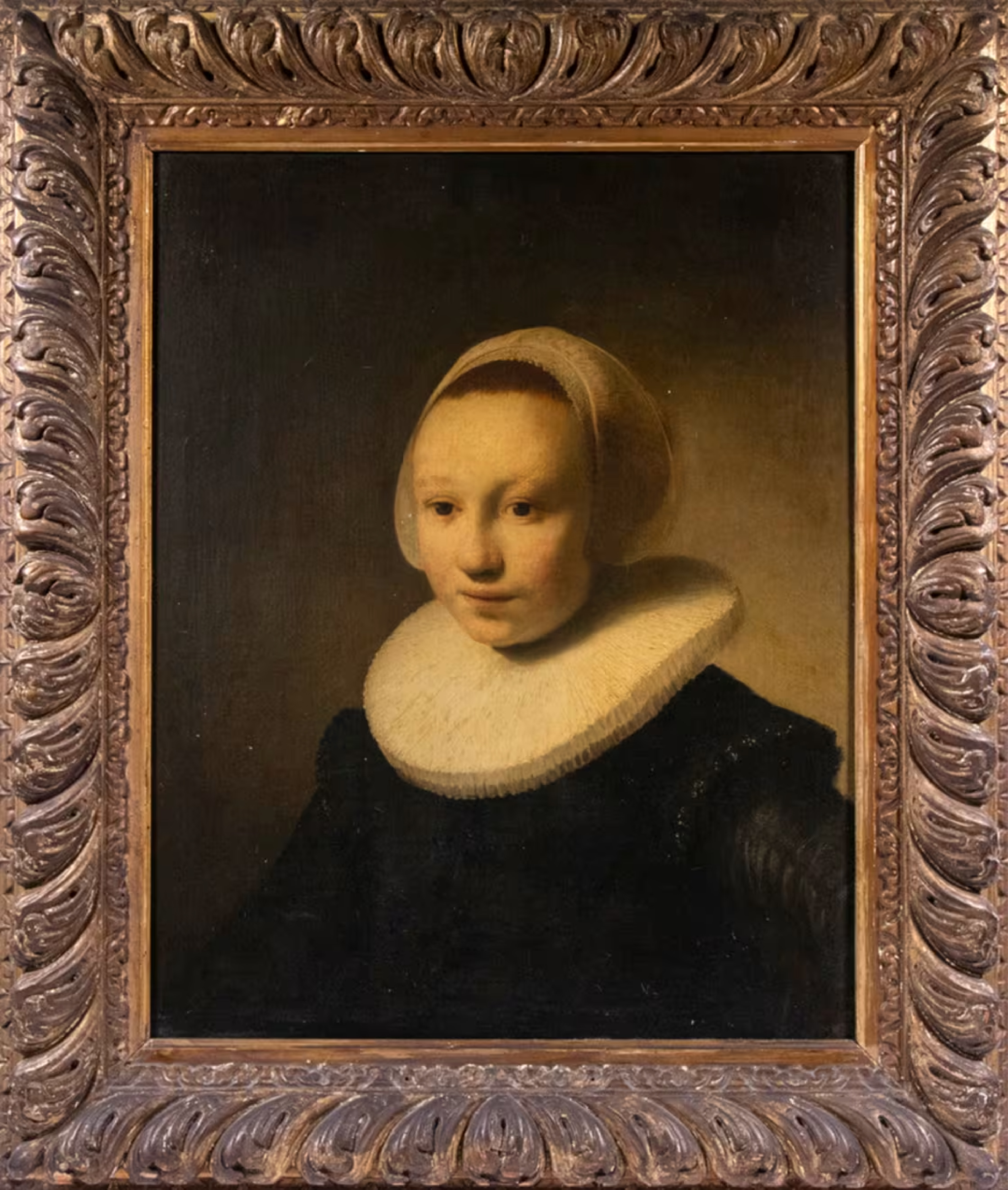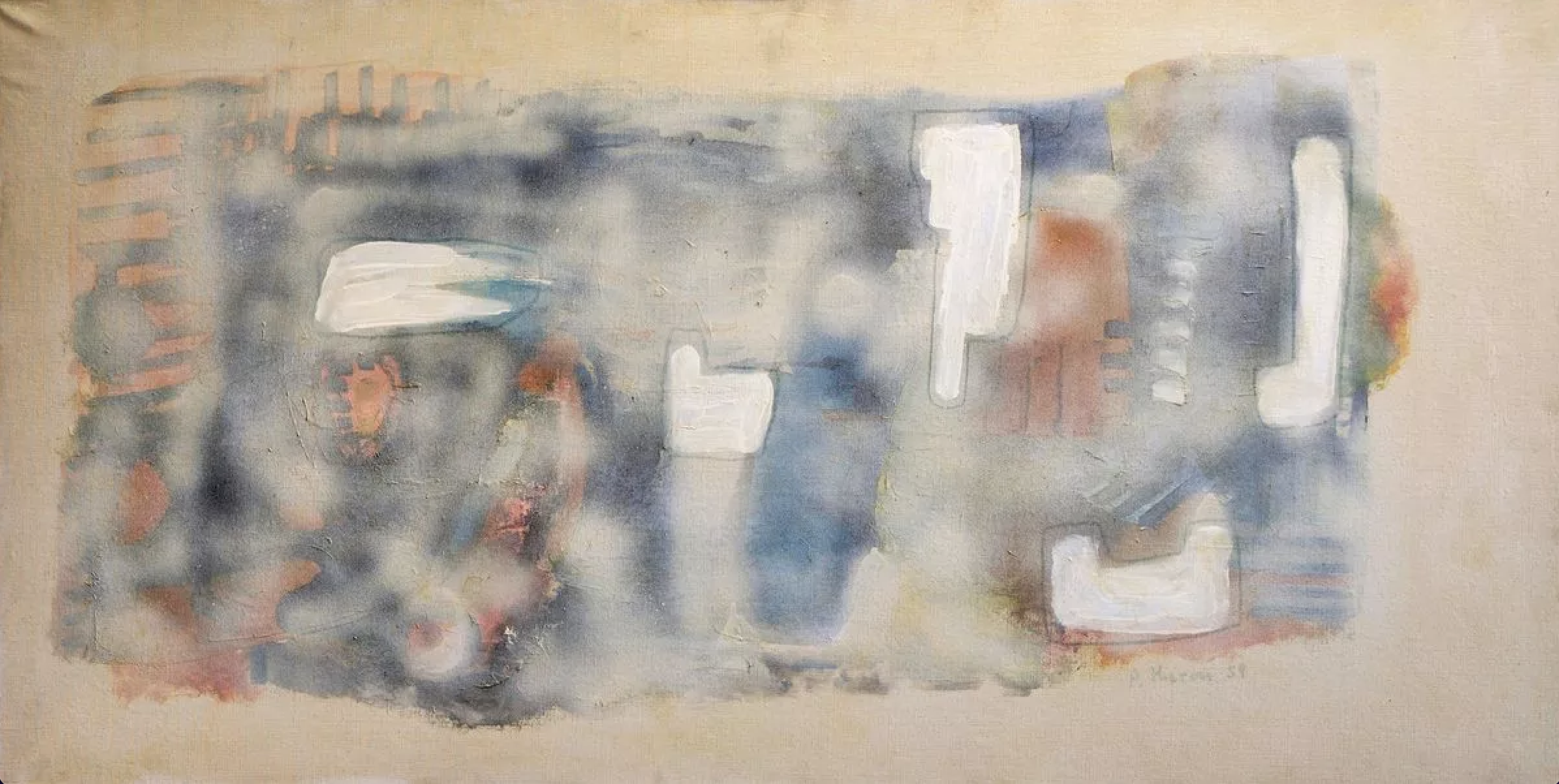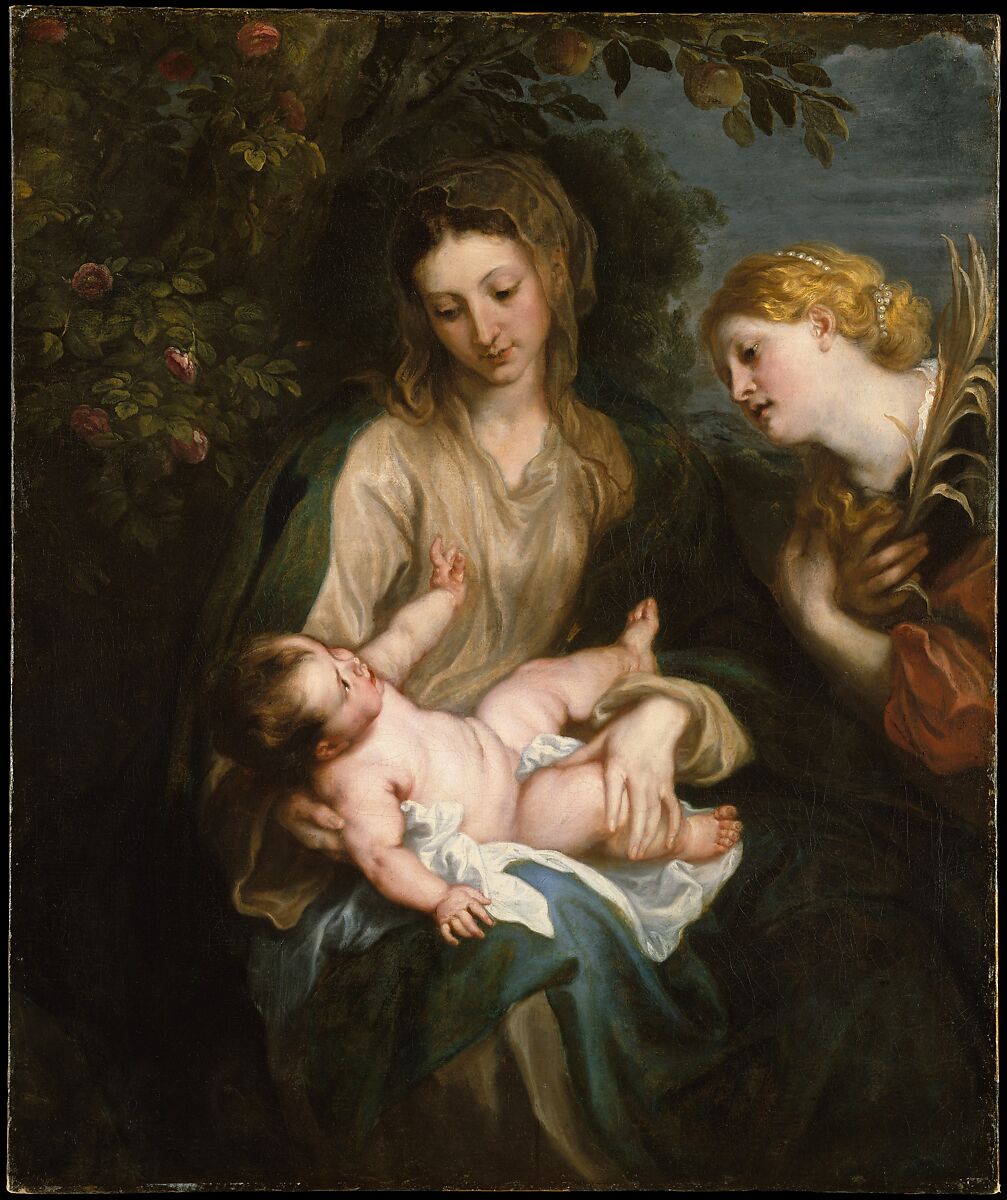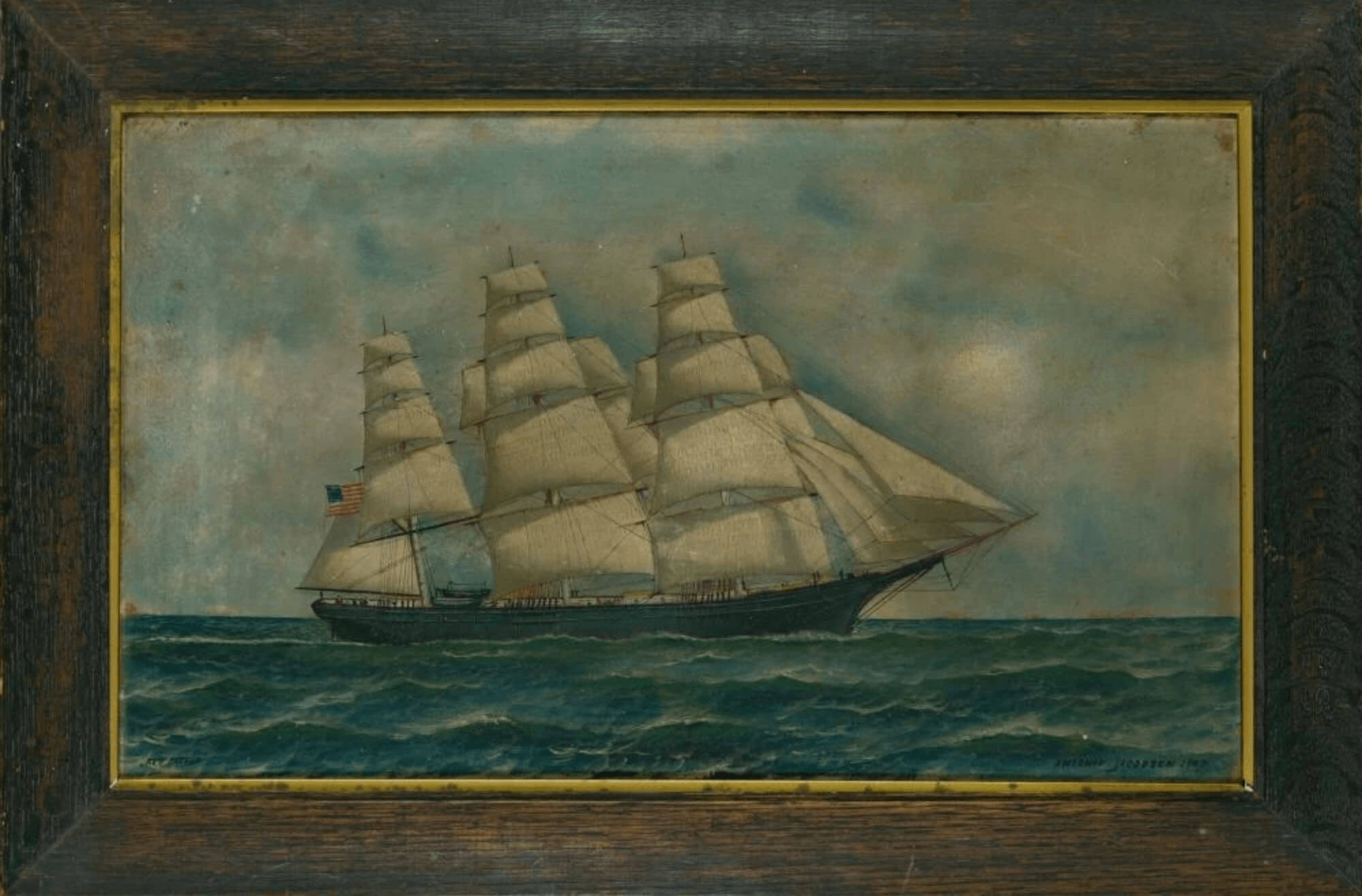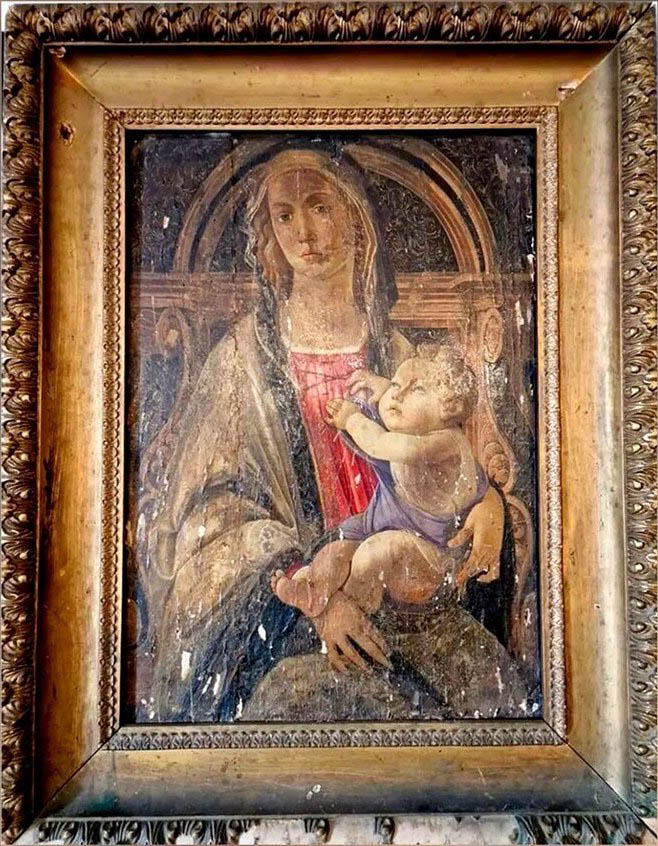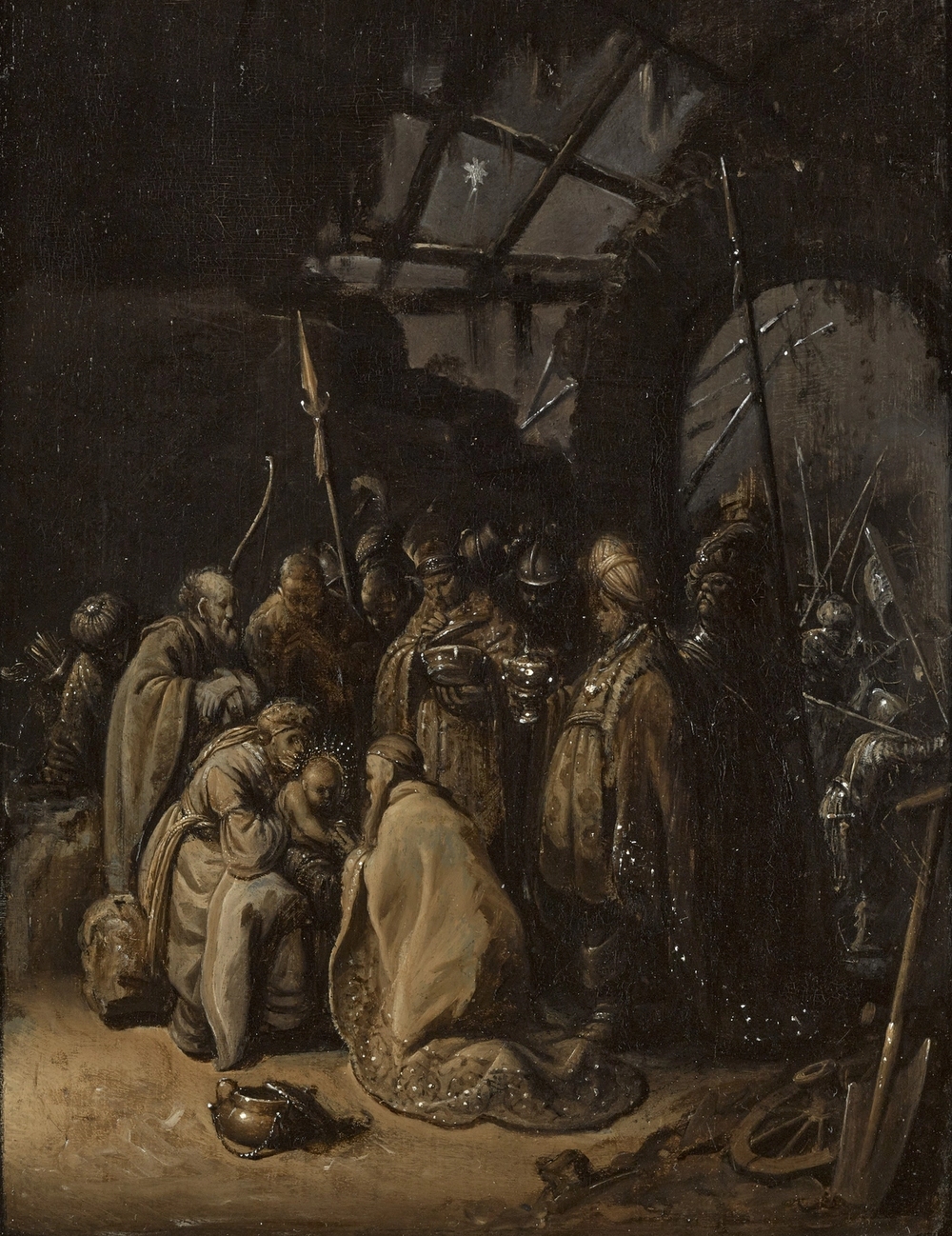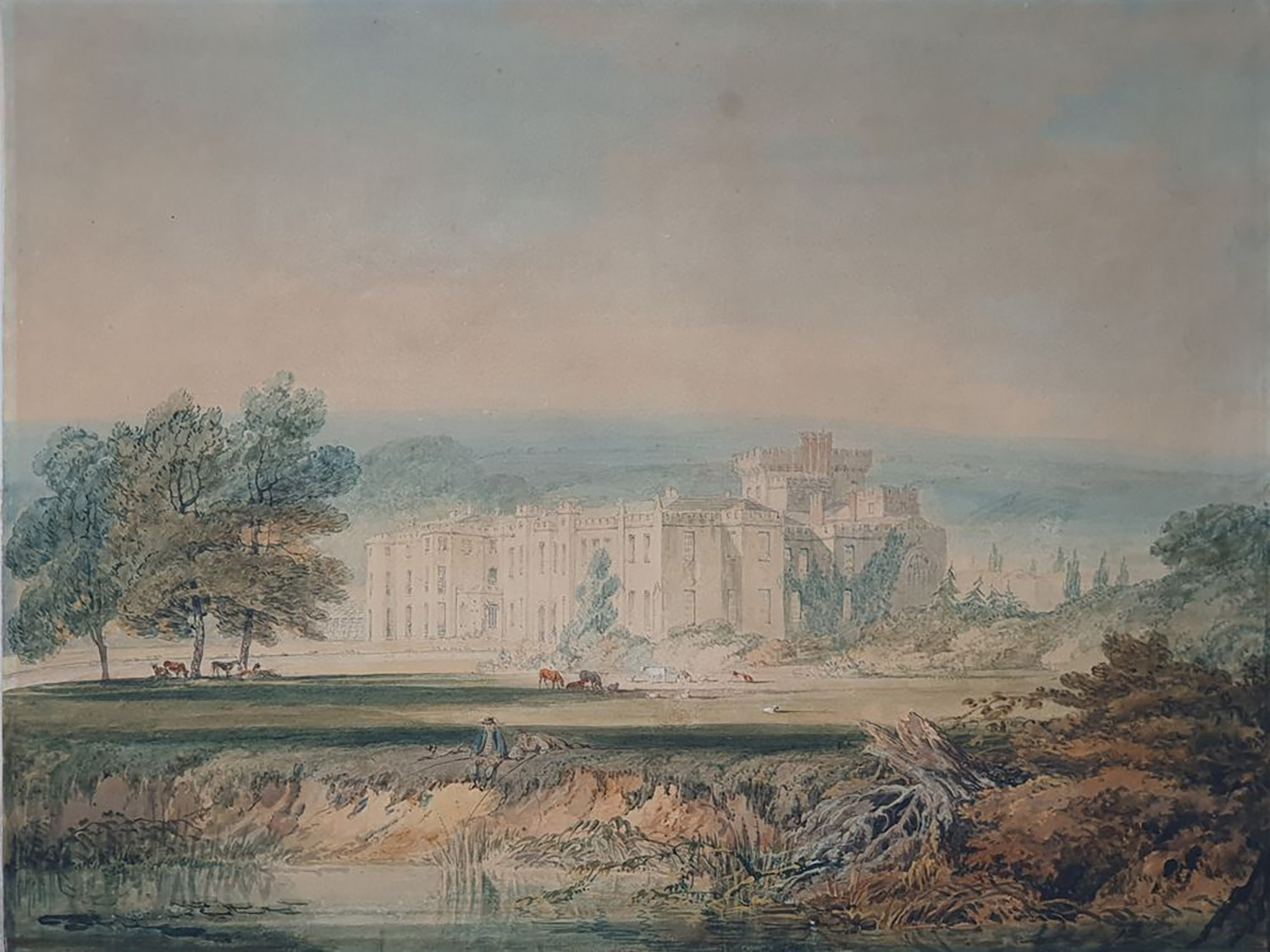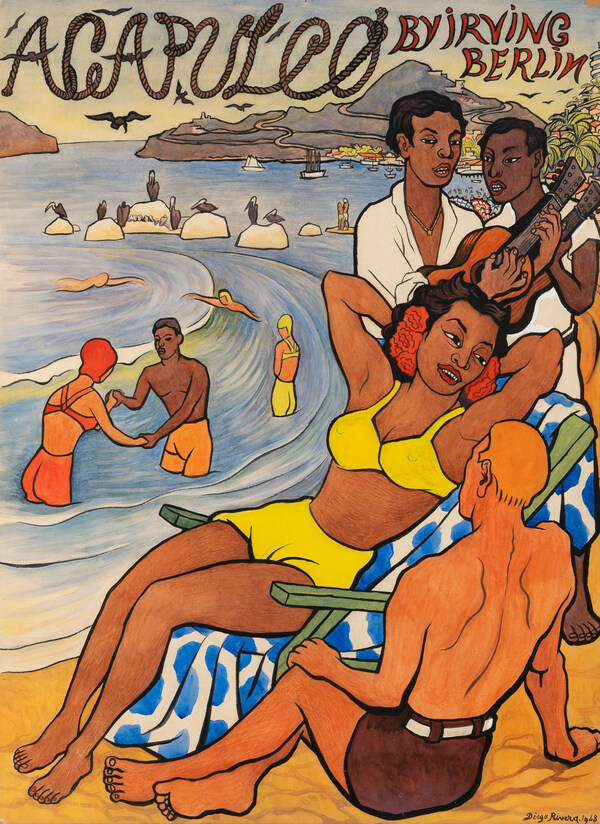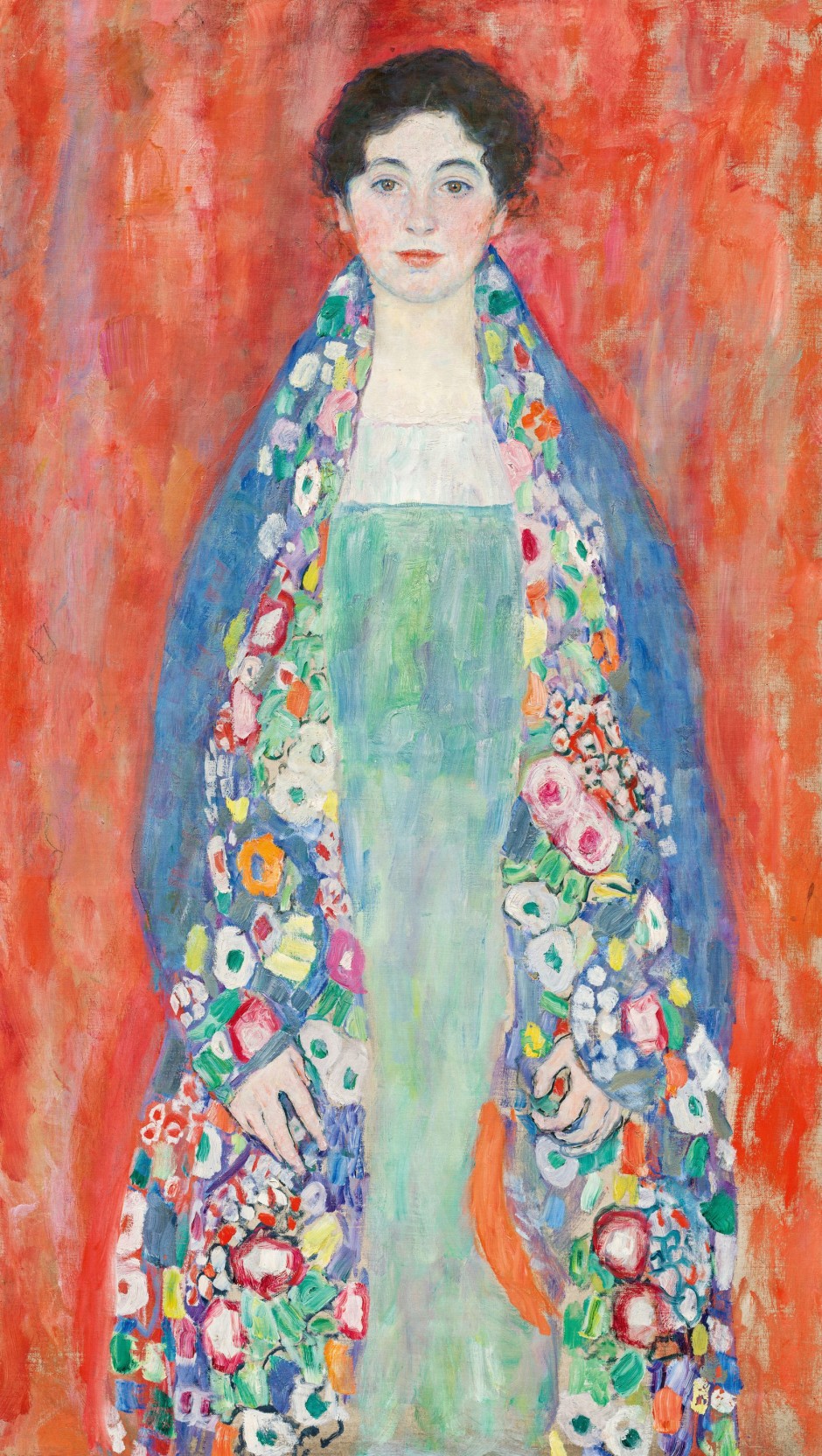
Authenticating Artworks Through DNA
April 4, 2025
The Role of Carbon Dating in Art Authentication
March 28, 2025
The Role of the Catalogue Raisonné in Art Authentication
March 25, 2025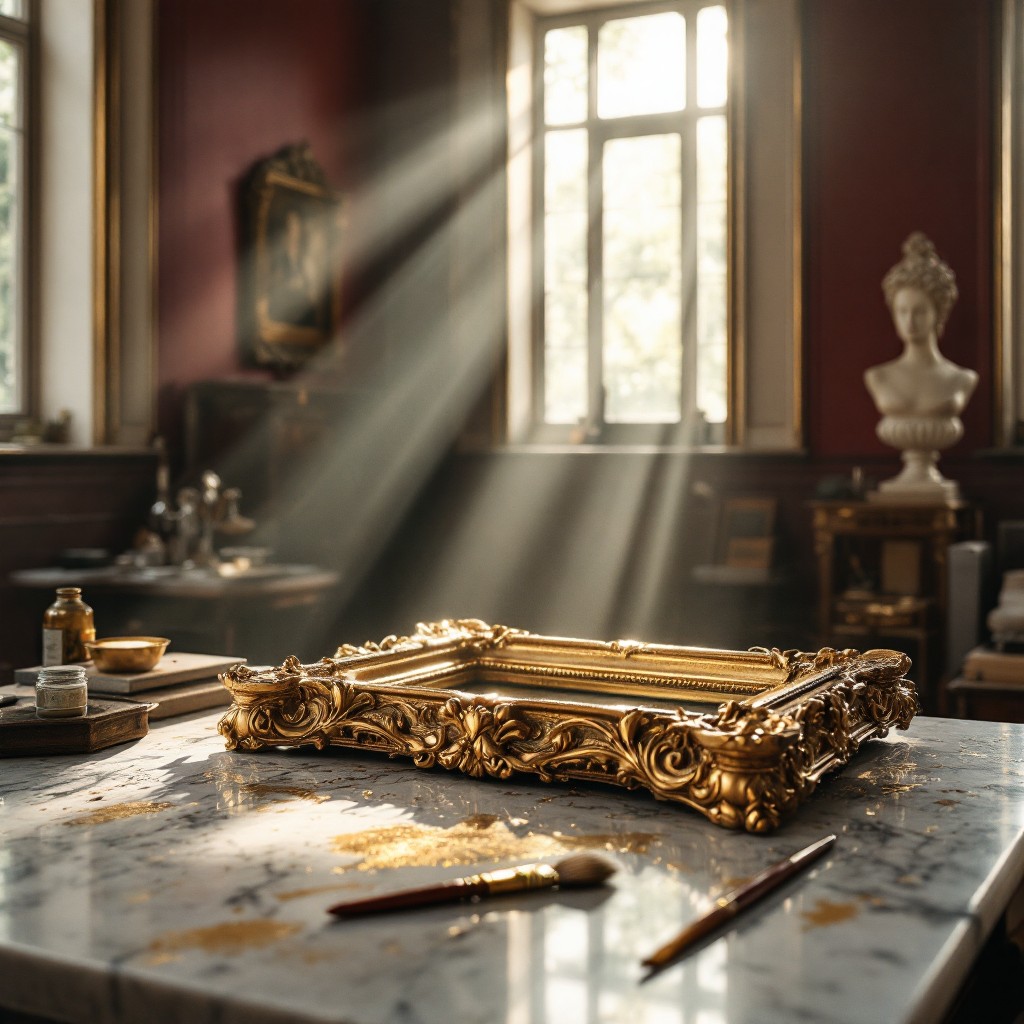
The Role of the Rabbet in Art Authentication
March 21, 2025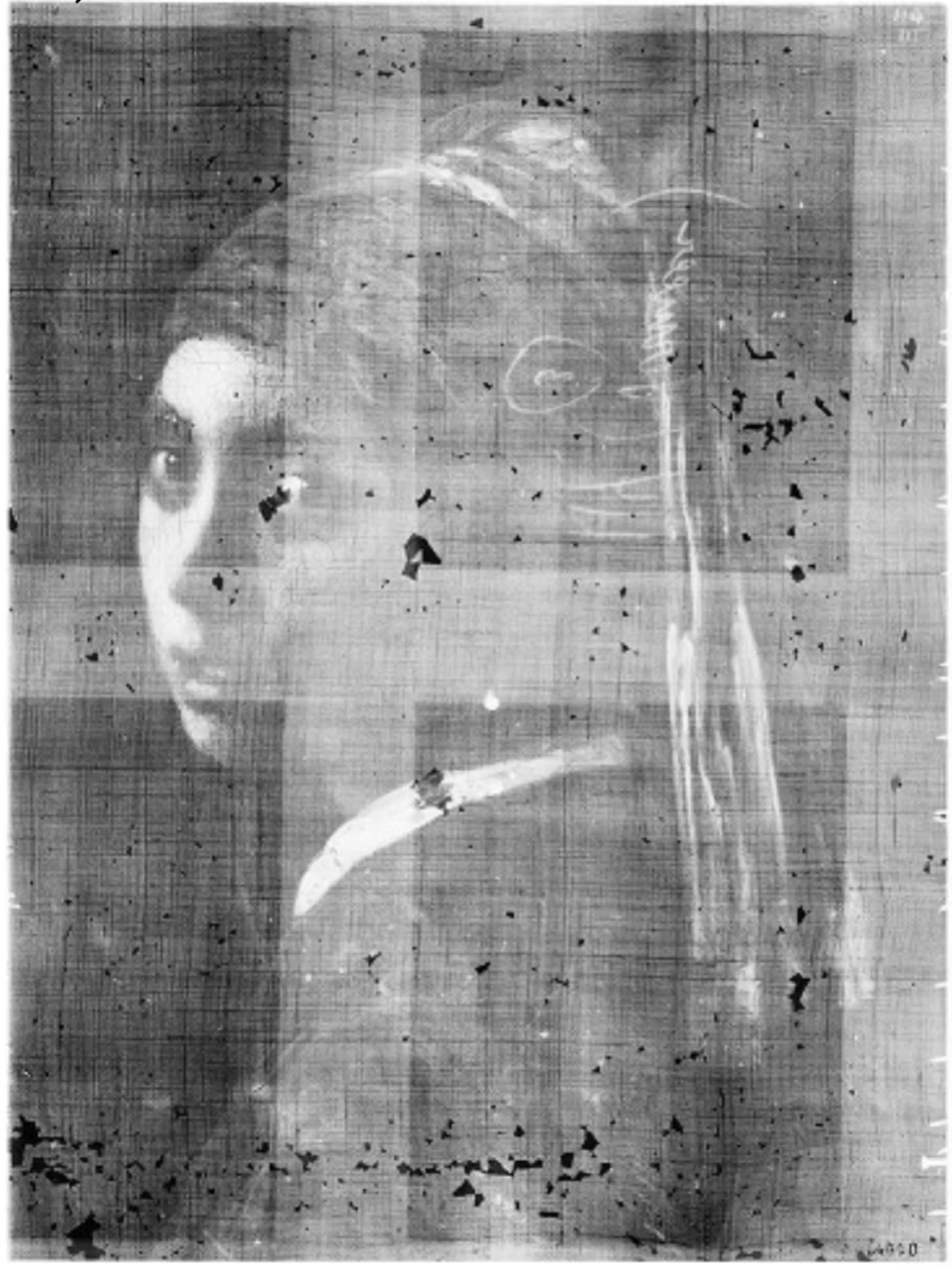
The Role of X-Rays in Art Authentication
March 18, 2025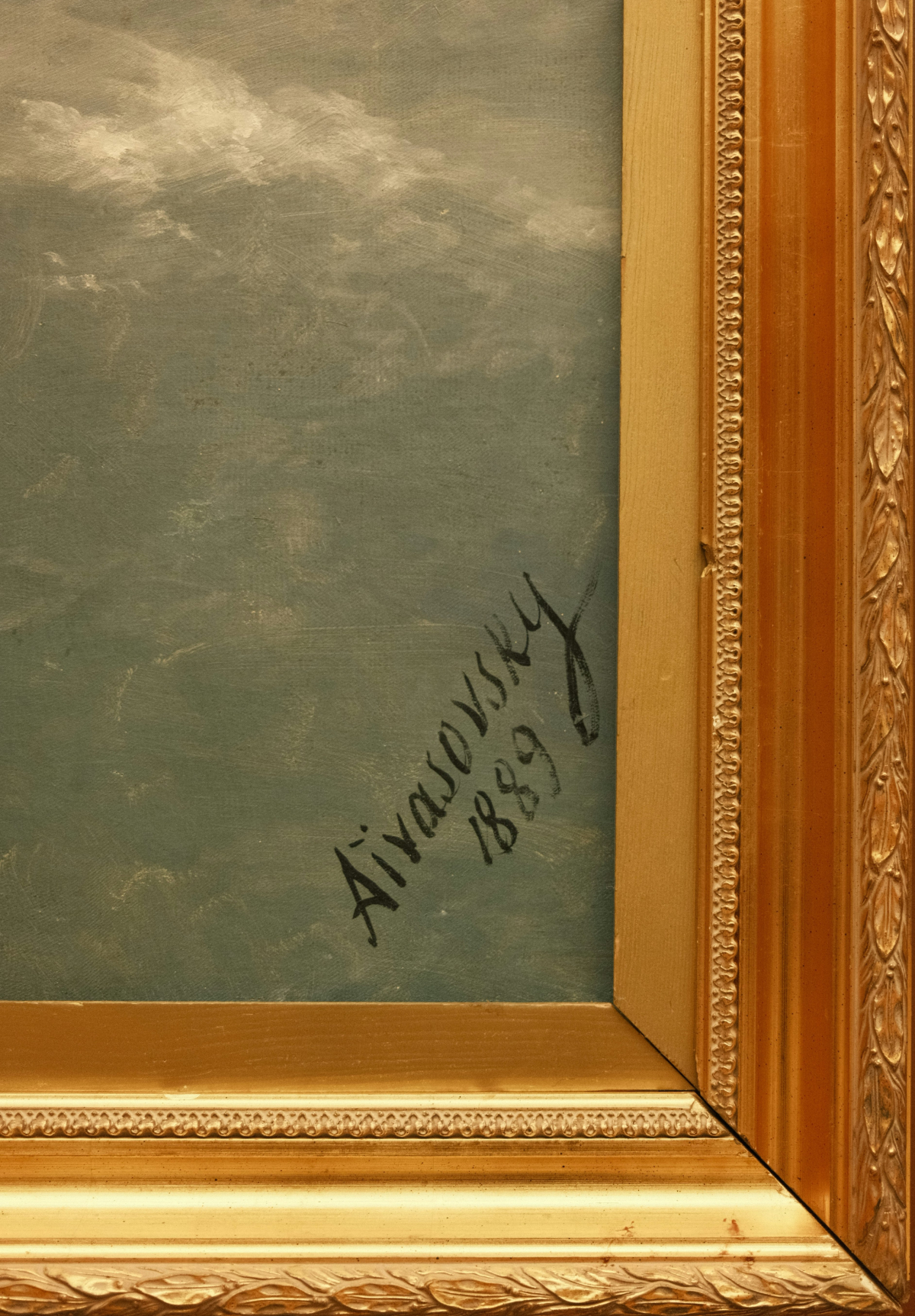
The Role of Signatures in Art Authentication
March 14, 2025
The Role of Provenance in Art Authentication
March 11, 2025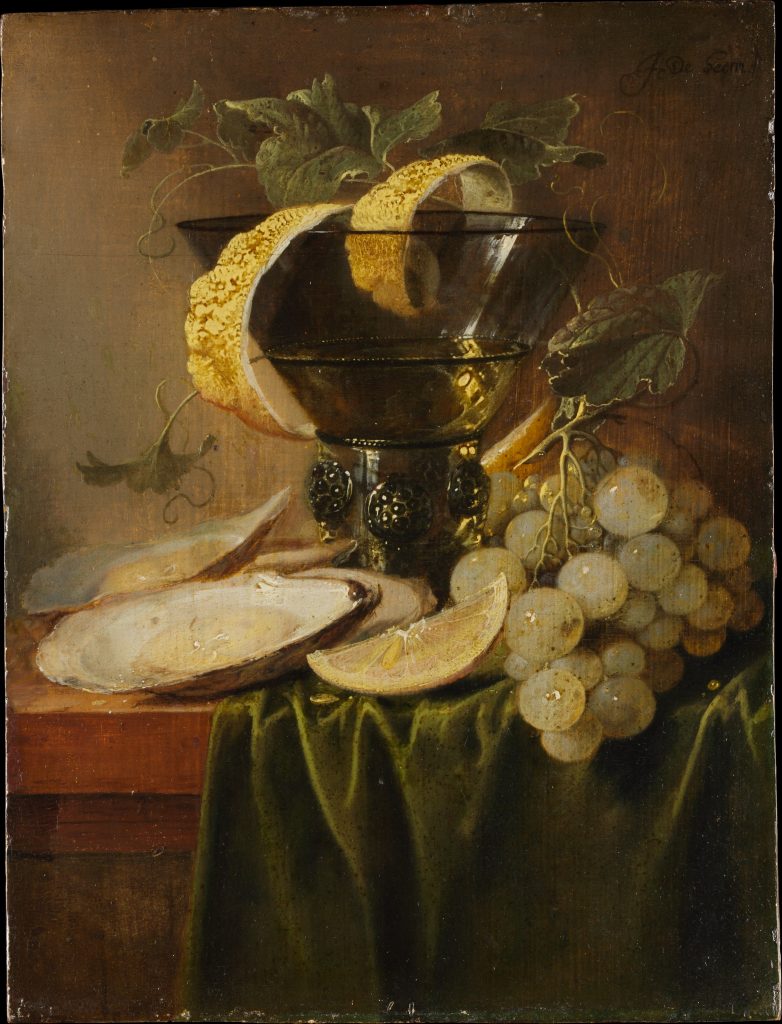
How to Sell Art in the Millions of Dollars
March 7, 2025
How to Sell Art in the Hundreds of Thousands of Dollars
March 4, 2025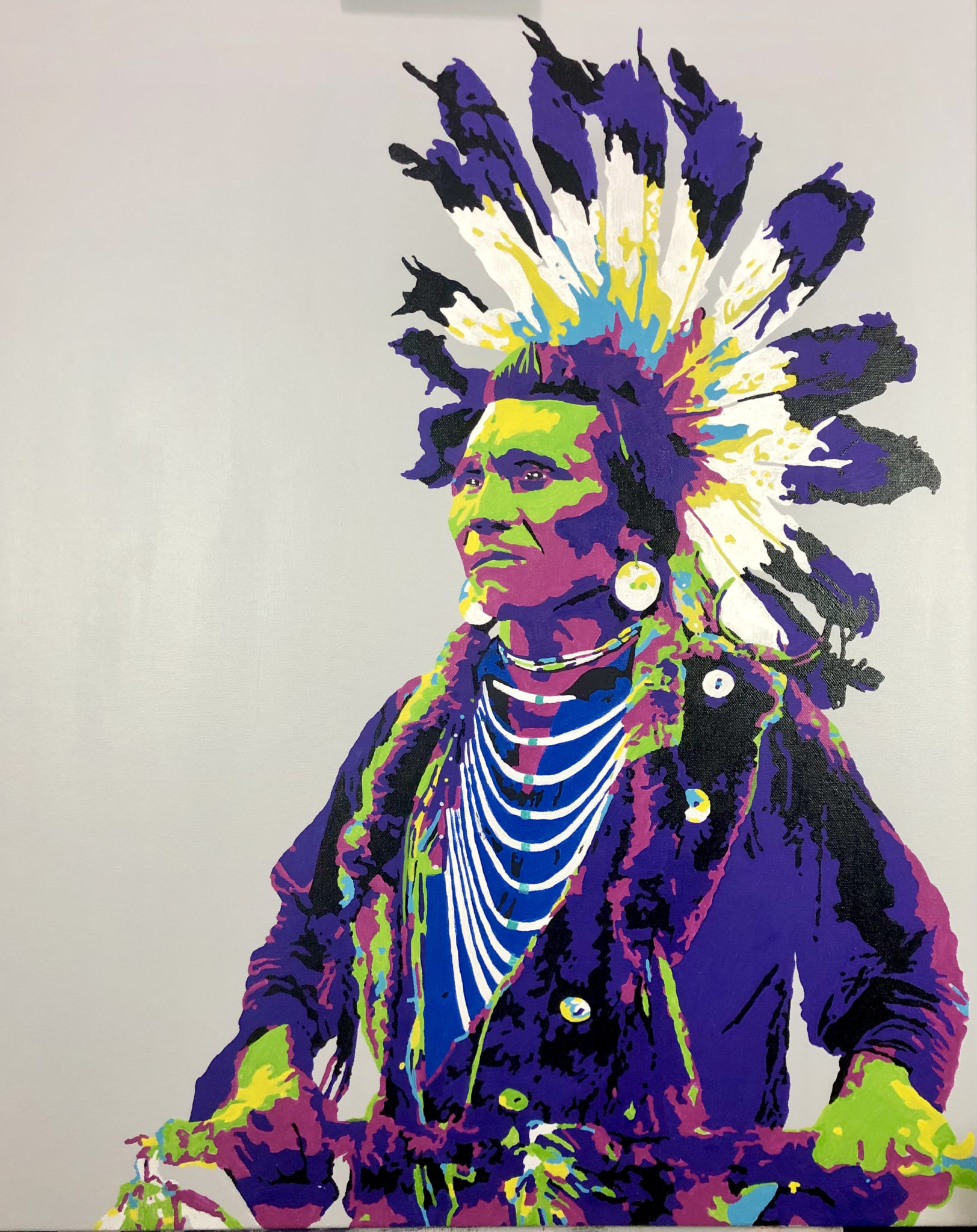
How to Sell Art in the Tens of Thousands of Dollars
February 28, 2025
How to Sell Art in the Thousands of Dollars
February 25, 2025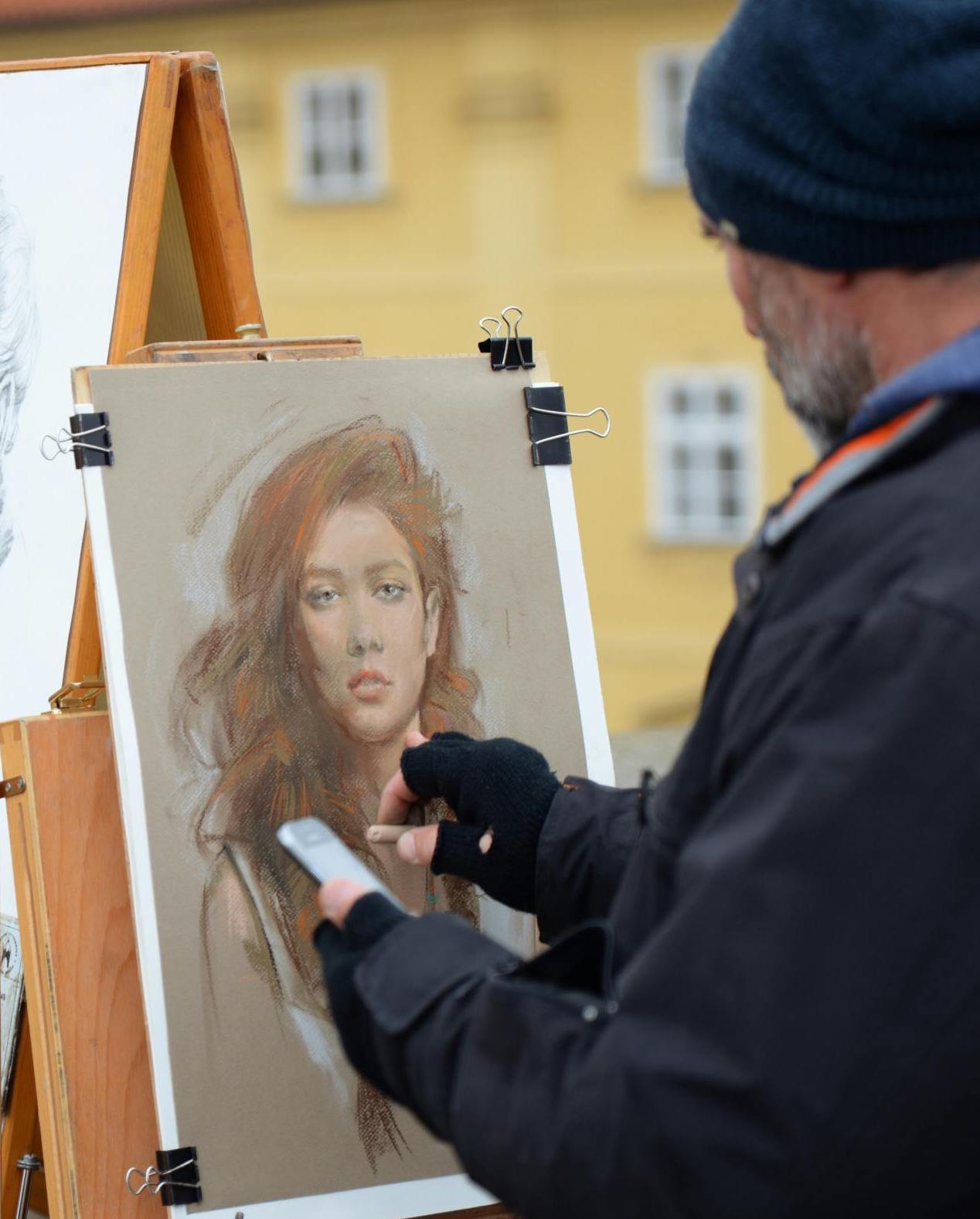
How to Sell Art in the Hundreds of Dollars
February 21, 2025
Why Paintings Must Be Authenticated
February 18, 2025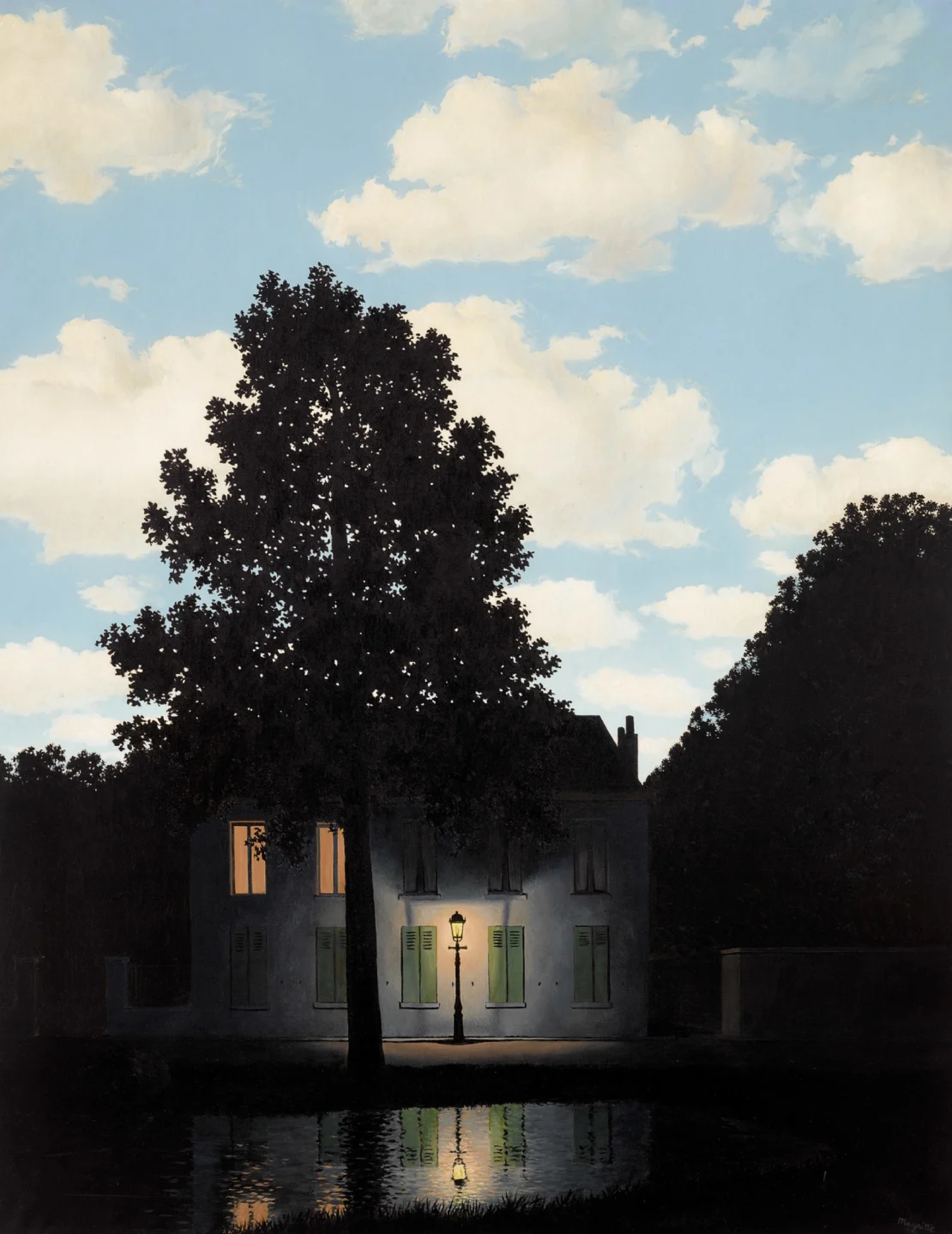
Art Certification Experts Year End Summary
January 15, 2025
Art Speculating
January 03, 2024
